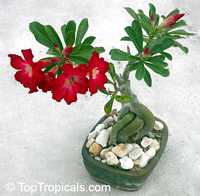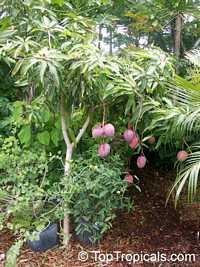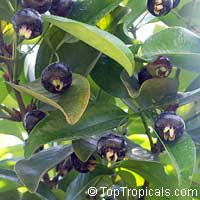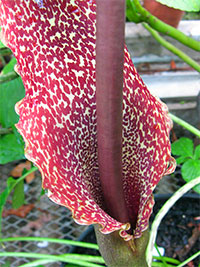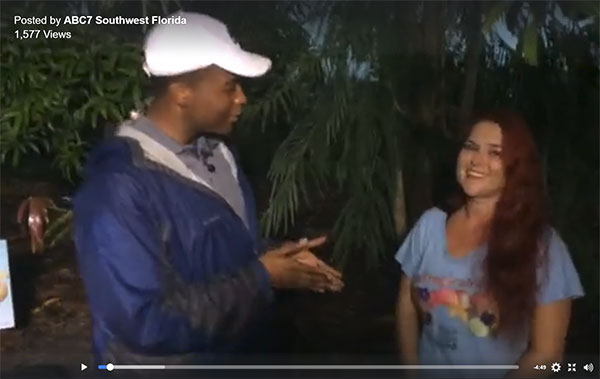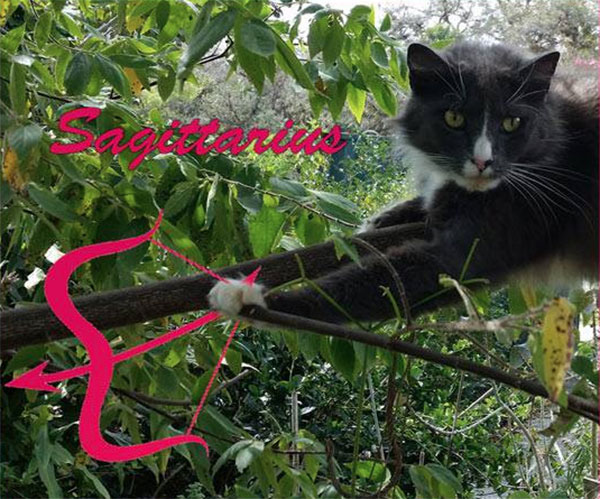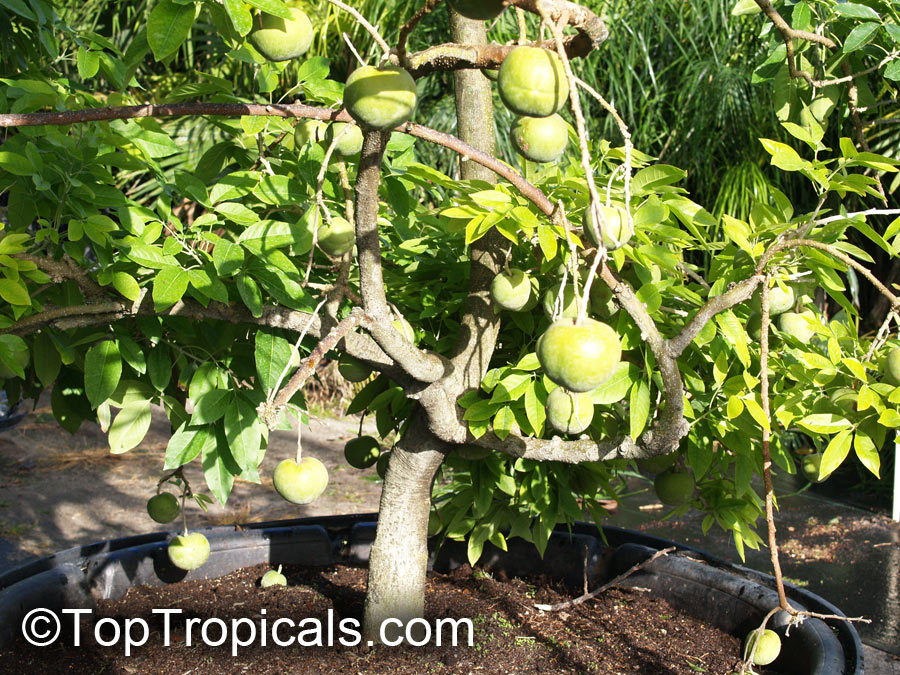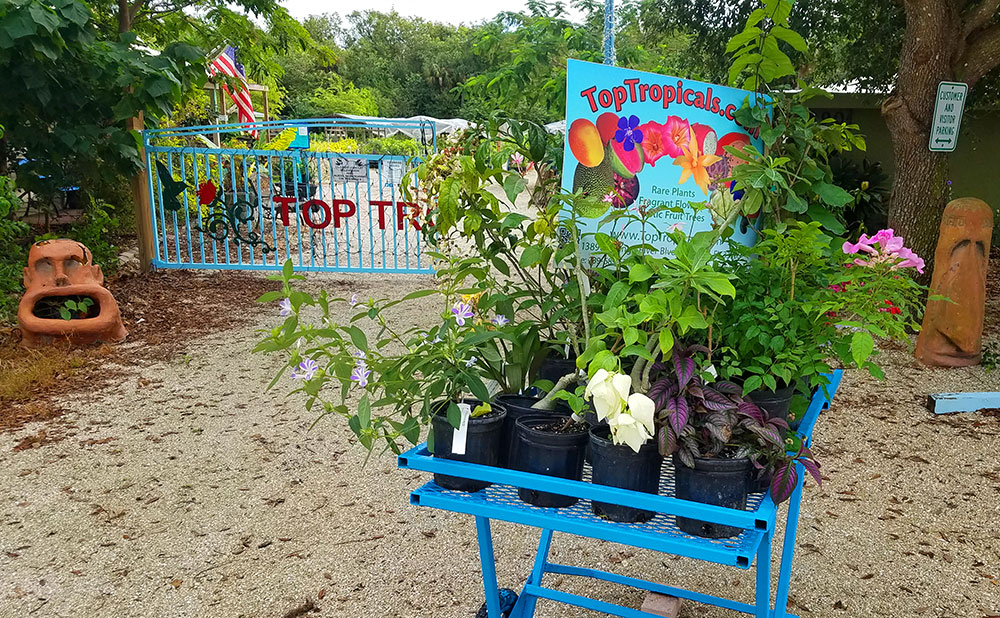
Virgo
- 8/23-9/22. Virgo is an EARTH sign ruled by
the planet Mercury, which also rules Gemini. Virgo is
traditionally the Goddess of the Grain, and is associated
with autumn. Her plants often have finely divided leaves
or stems, subtle odors, or small, brightly-colored
flowers. The most beneficial plants for Virgo are high in
potassium and help to calm the nerves. In its rulership of
Virgo, Mercury governs the abdomen and the lower
intestinal tract and the entire digestive process. Herbs
associated with Virgo assist in digestion (as do Cancer
herbs) and help to reduce flatulence. The relaxing,
calming scents help Virgo release stress and worries.
Virgo
Zodiac lucky plants: Amorphophallus, Dill,
Barringtonia, Bolusanthus, Dioscorea, Grewia asiatica
(Falsa), Hibiscus Karkade, Iboza riparia, Lagerstroemia
Queens Crape Myrtle, Laurus nobilis (Bay Leaf), Lippia,
Melissa, Catnip, Mint, Arugula, Piper betle, Piper
sarmentosum, Psychotria, Clove, Banisteriopsis, Papaya,
Mesua ferrea (Ironwood), Assai Palm, Jacaranda, Pimenta
dioica (Allspice), Petrea, Plumbago, Clitoria, Eranthemum,
Litchi, Cashew, Pecan, Nut trees, Cherries, Lavender,
Sansiveria, Aloe vera, Blackberry, Honey suckle, Satureja,
Vitex, Mulberry, Elaeocarpus, Feronia elephantum (Bel
Fruit). On the photo: Sauromatum venosum - Voodoo Lily.
For links to these plants and other signs information, see
full Plant Horoscope.
